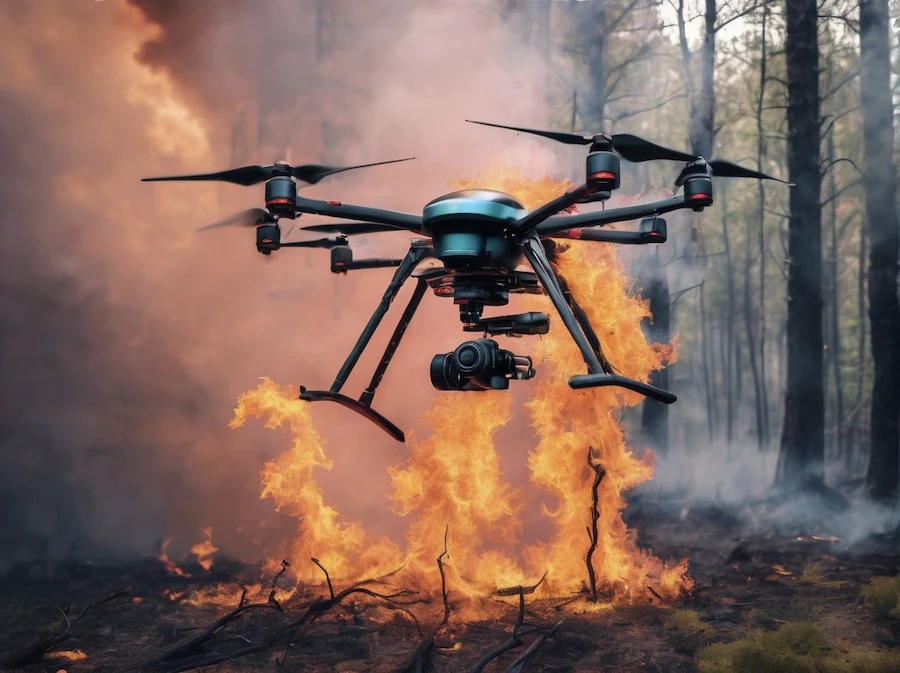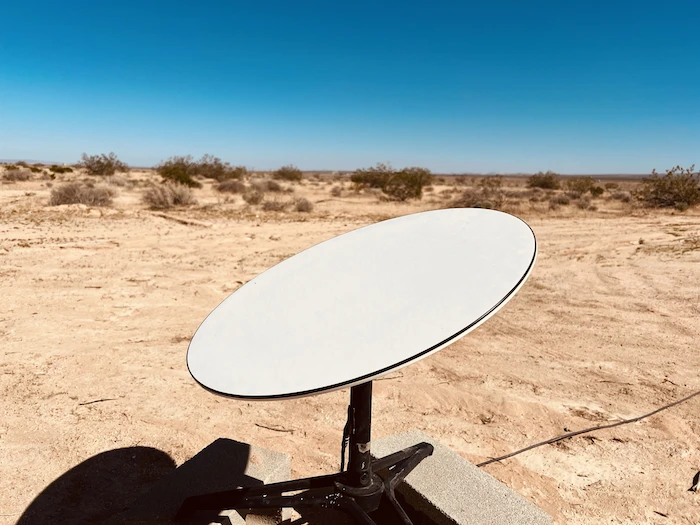September 17, 2023- 3RD OF 3
10 Cutting-Edge Aircraft Technologies and the Companies Behind Them
The Future of Flight:
The world of aviation is on the brink of a revolution, with a host of innovative aircraft concepts and technologies set to reshape the way we travel. These developments promise to not only make flying faster and more efficient but also more sustainable and accessible. In this article, we'll explore ten of the most exciting future aircraft technologies and the companies that are spearheading these advancements.
1. Supersonic Passenger Jets:
Boom Supersonic
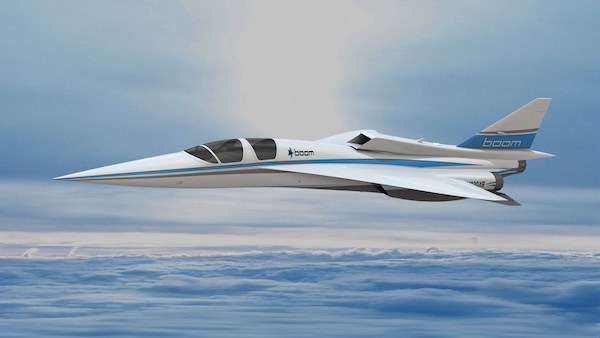
Supersonic travel is making a comeback, thanks to companies like Boom Supersonic. Their Overture jet is designed to carry 65 to 88 passengers and could potentially cut long-haul flight times in half. Imagine crossing the Atlantic in just a few hours instead of an entire day.
2. Hypersonic Aircraft:
SpaceX

Elon Musk's SpaceX, primarily known for space exploration, is also exploring the possibilities of hypersonic travel. Their Starship, designed for missions beyond Earth, could revolutionize long-distance Earth travel by traveling at unprecedented speeds, surpassing Mach 5.
3. Electric Aircraft:
Eviation
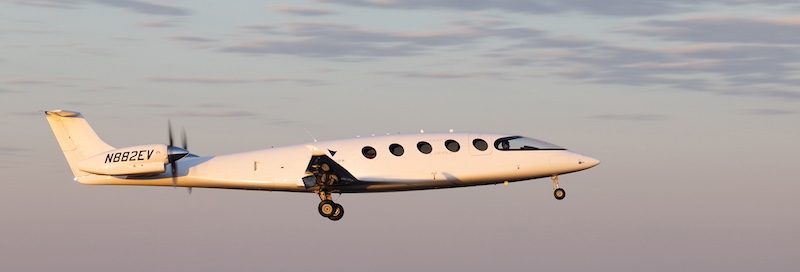
The shift towards electric propulsion is gaining momentum, with companies like Eviation leading the way. Their fully-electric Alice aircraft can carry nine passengers for up to 650 miles on a single charge, offering a glimpse into a greener future of aviation.
4. Urban Air Mobility (UAM):
Uber Elevate
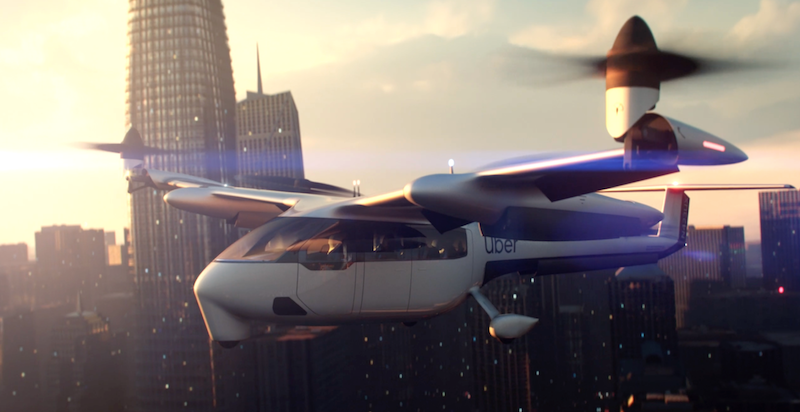
Urban Air Mobility, or flying taxis, is poised to transform the way we commute within cities. Uber Elevate is at the forefront of this revolution, developing electric vertical takeoff and landing (eVTOL) aircraft for urban air mobility, promising to alleviate traffic congestion and provide quicker commuting options.
5. Autonomous Aircraft:
Boeing
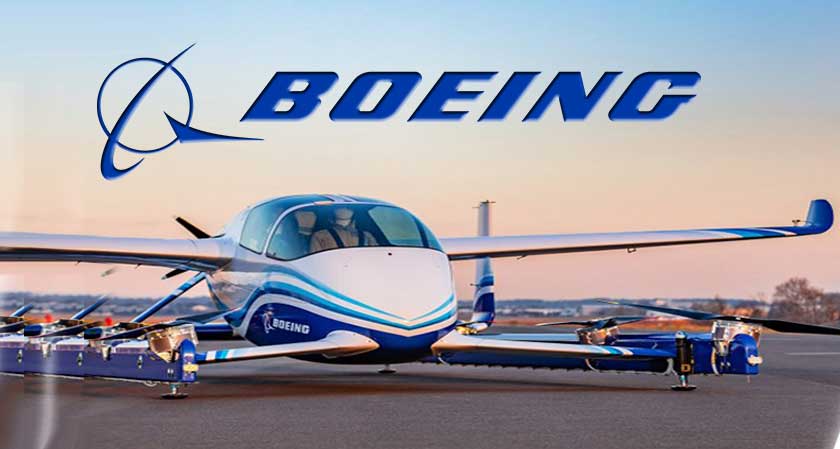
Boeing is actively working on autonomous flight technology with its Boeing Airpower Teaming System (ATS). This autonomous aircraft is designed for military applications and can operate alongside manned aircraft. While the technology holds great promise, regulatory hurdles and public acceptance remain challenges.
6. VTOL (Vertical Takeoff and Landing) Aircraft:
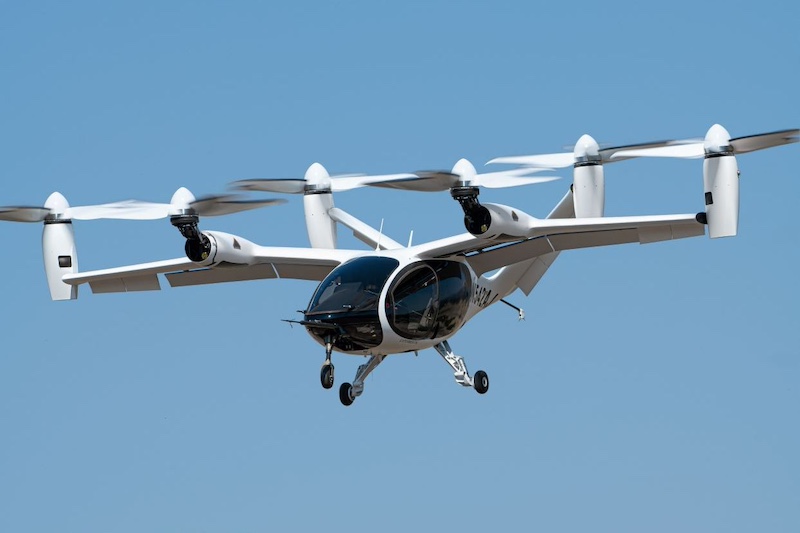
Bell and Joby Aviation
Vertical takeoff and landing technology opens up new possibilities for transportation. Companies like Bell and Joby Aviation are developing eVTOL aircraft for urban air mobility and short-haul routes, offering the potential for faster, more convenient travel.
7. High-Altitude Pseudo-Satellites (HAPS):
Airbus
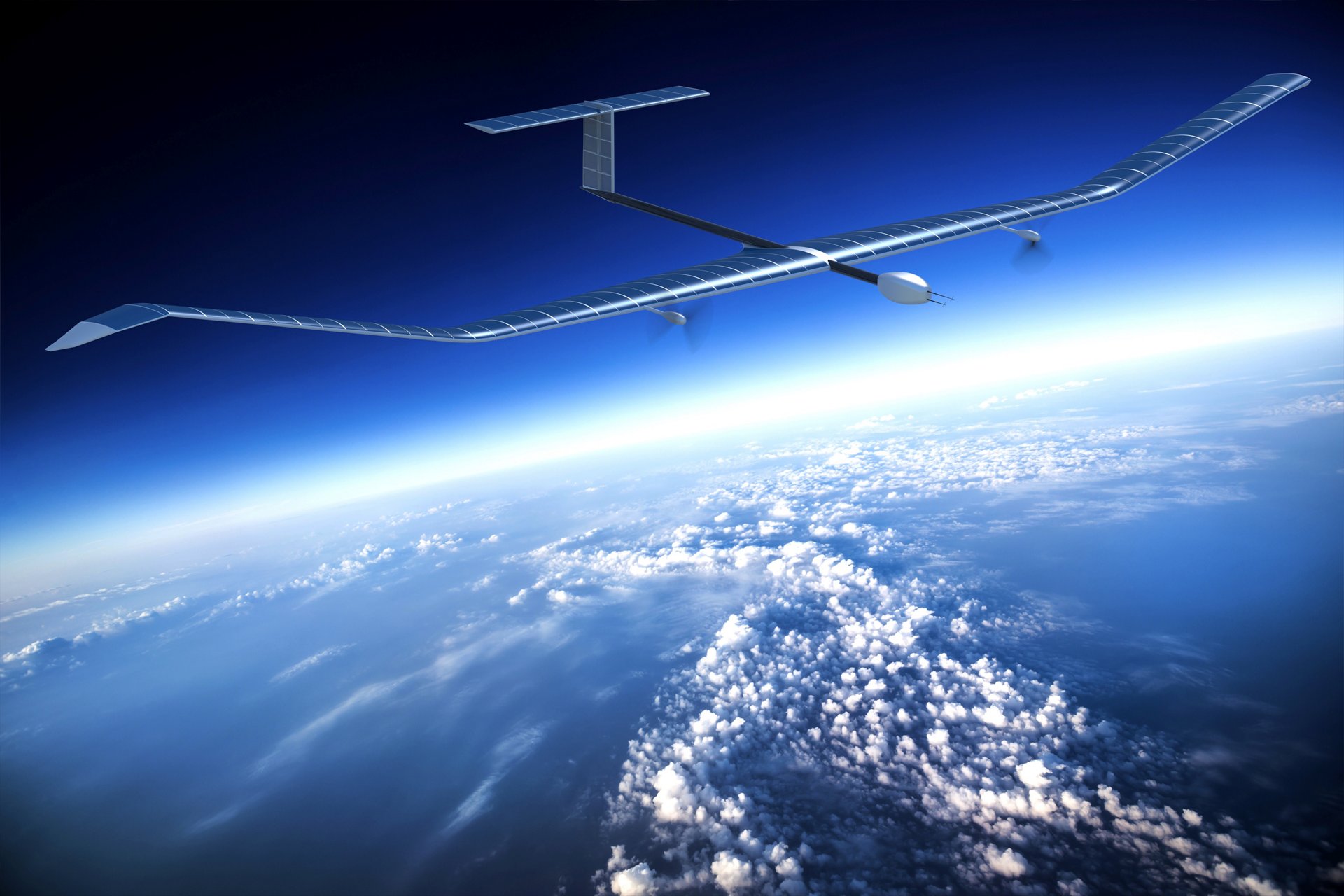
High-altitude pseudo-satellites are platforms that operate at stratospheric altitudes. Airbus's Zephyr, a solar-powered HAPS, provides services like surveillance and internet connectivity.
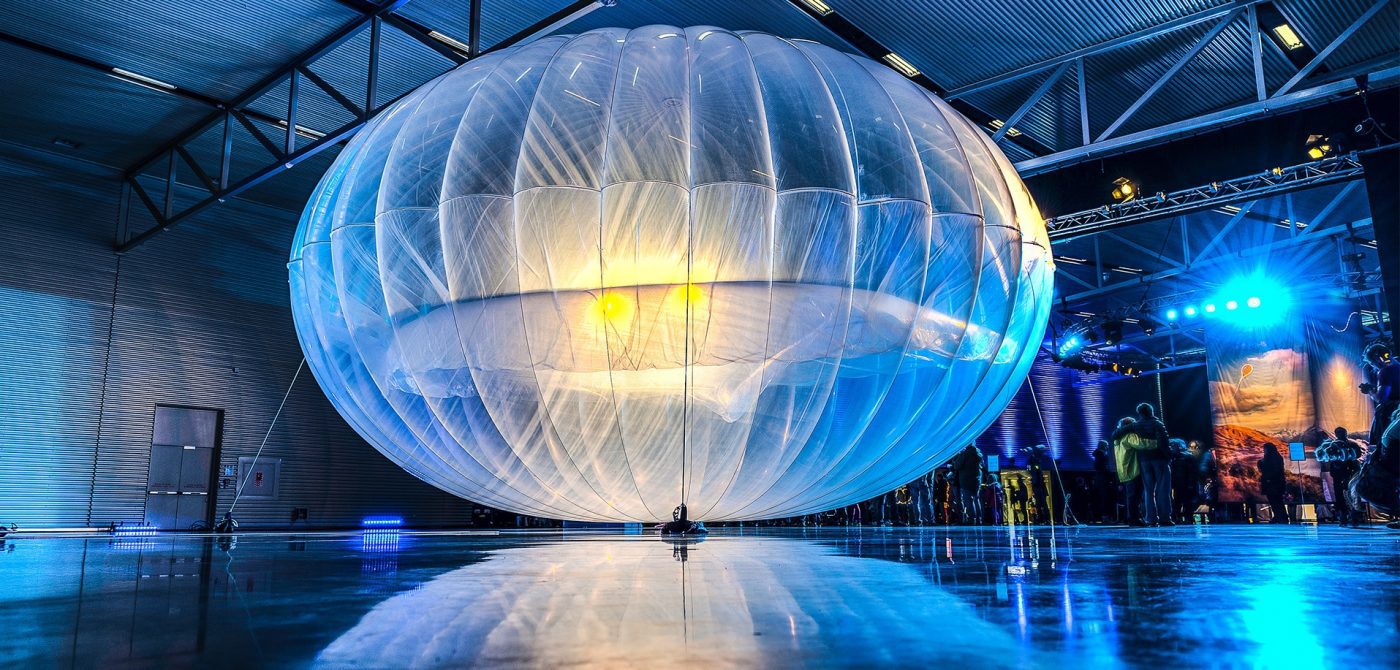
Google's Project Loon uses high-altitude balloons to bring internet coverage to remote areas, illustrating the diverse applications of HAPS.
8. Hydrogen-Powered Aircraft:
ZeroAvia
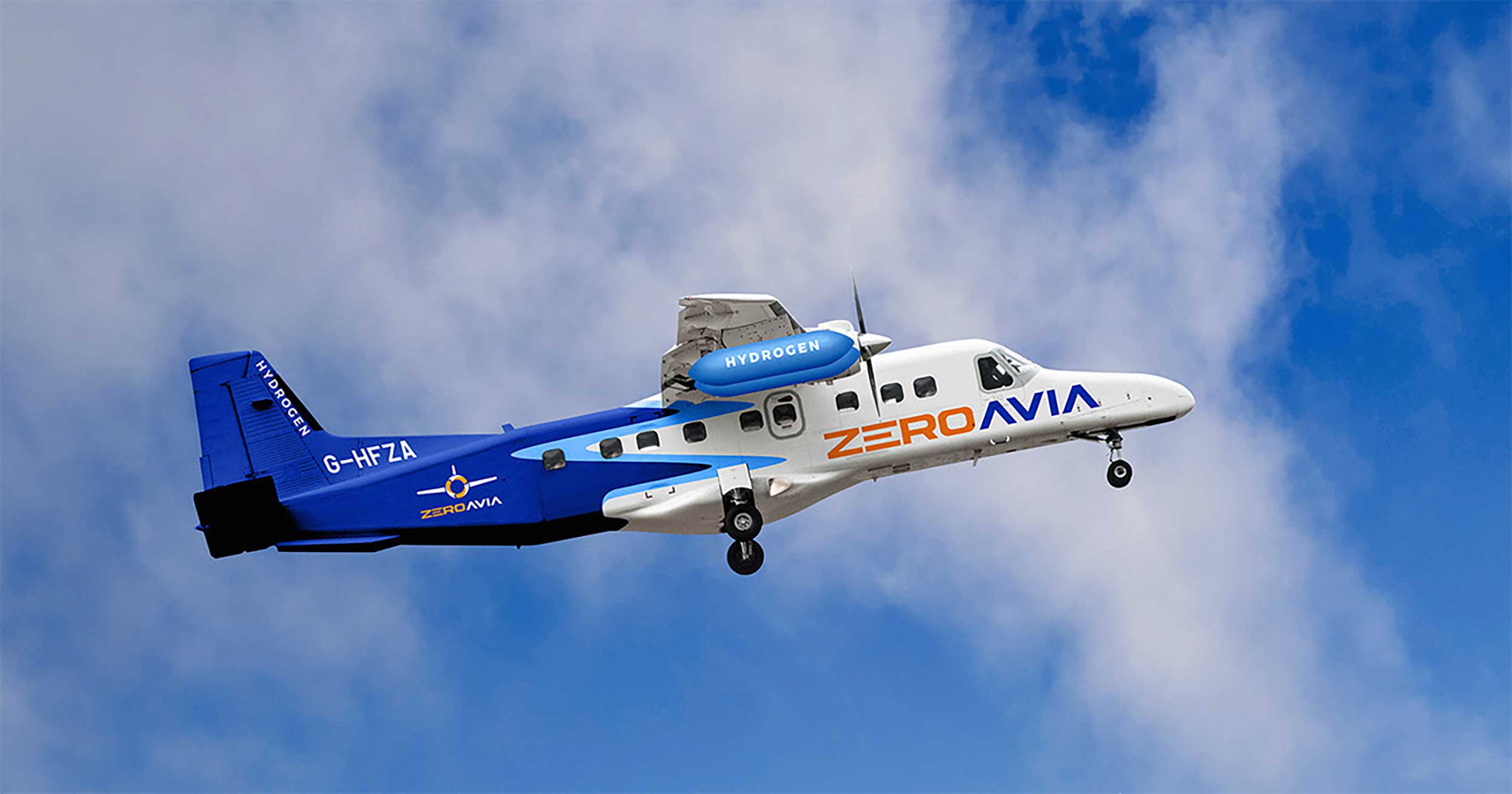
Hydrogen is emerging as a clean fuel source for aviation. ZeroAvia's hydrogen-electric aircraft promises emissions-free regional travel. Major aerospace players like Airbus and Boeing are also exploring hydrogen-powered aircraft concepts as part of their commitment to sustainable aviation.
9. Supersonic Business Jets:
Aerion Corporation
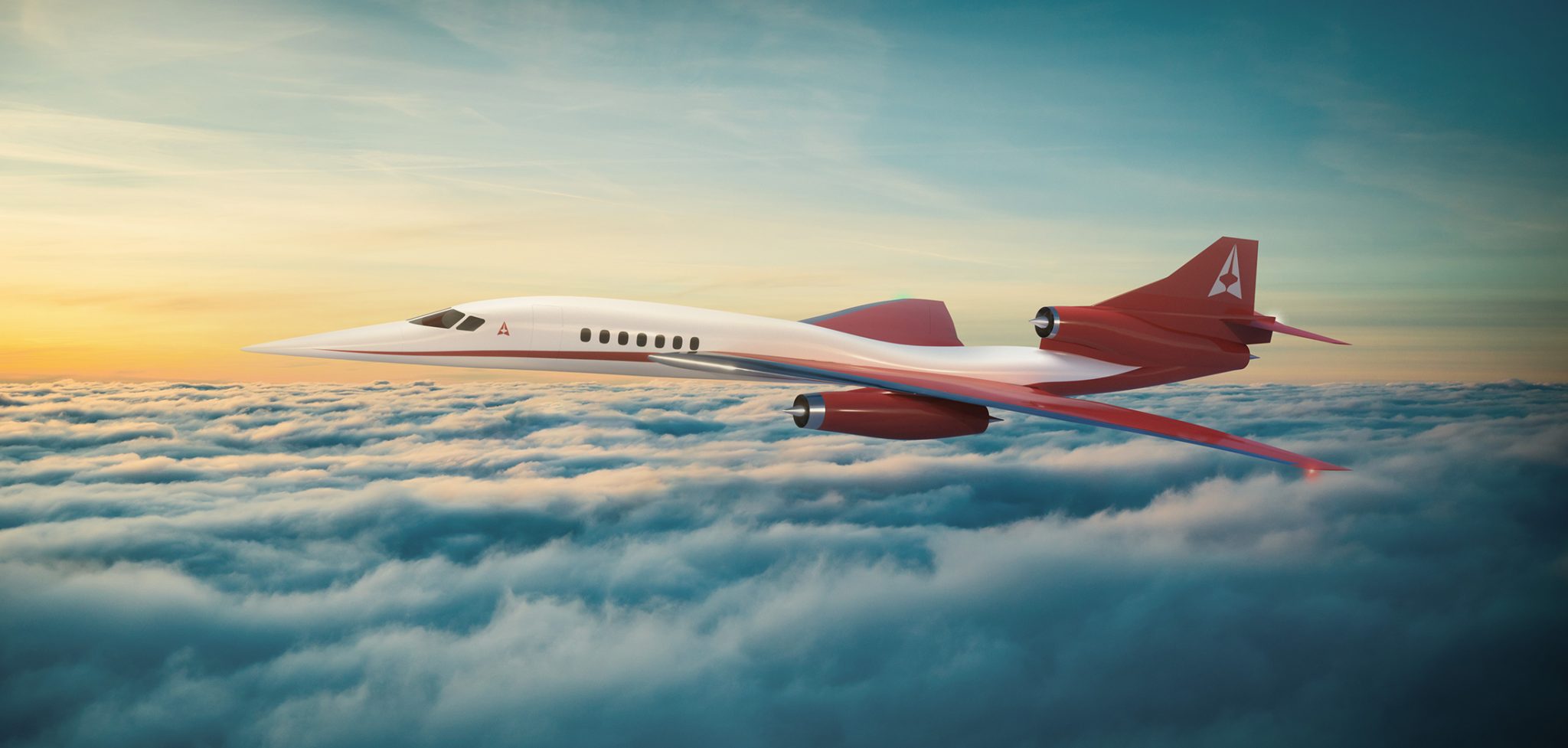
Supersonic travel isn't limited to commercial flights. Aerion Corporation is developing the AS2 supersonic business jet, offering luxury travel with reduced flight times. The AS2 promises a premium in-flight experience with spacious cabins and cutting-edge technology.
10. Spaceplanes and Suborbital Flights:
Virgin Galactic
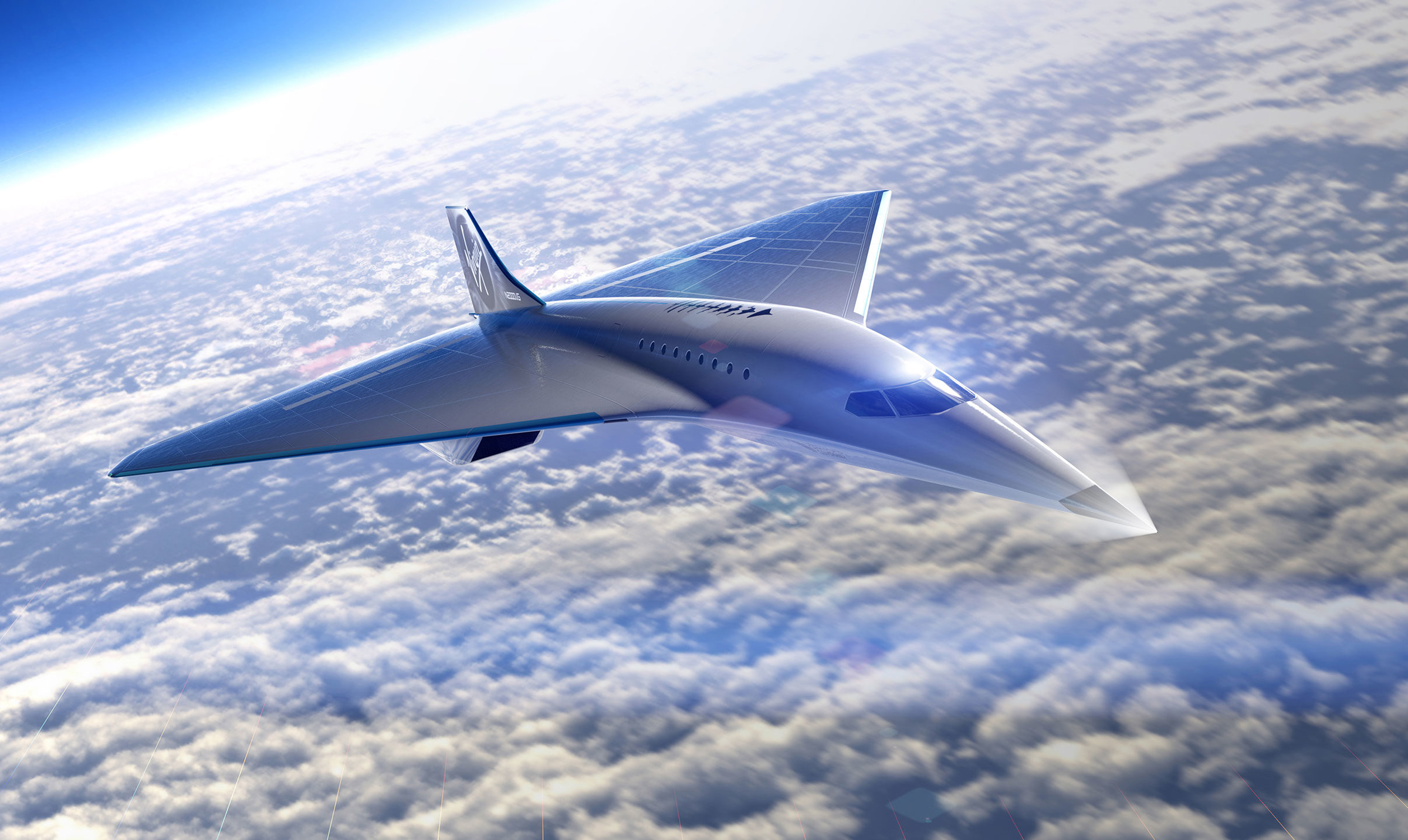
For those with a thirst for space, companies like Virgin Galactic and Blue Origin are developing spaceplanes for suborbital space tourism. These vehicles offer passengers a brief taste of weightlessness and a journey to the edge of space, opening up new frontiers in commercial space travel.
In conclusion, the future of aviation is filled with promise and excitement. These ten cutting-edge aircraft technologies, driven by innovative companies, have the potential to reshape how we travel, make it more efficient and environmentally friendly, and even take us to the edge of space. As these developments continue to evolve, we can look forward to a future where the sky is no longer the limit.
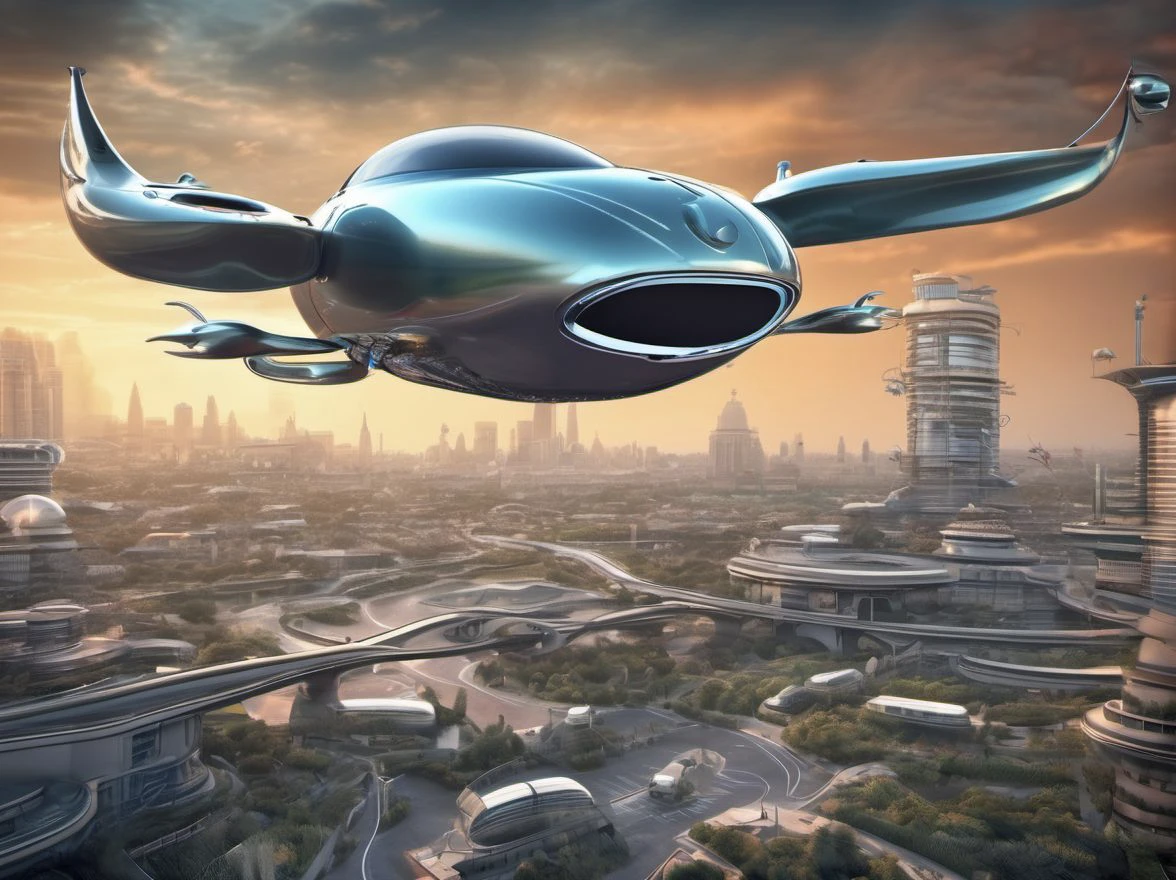
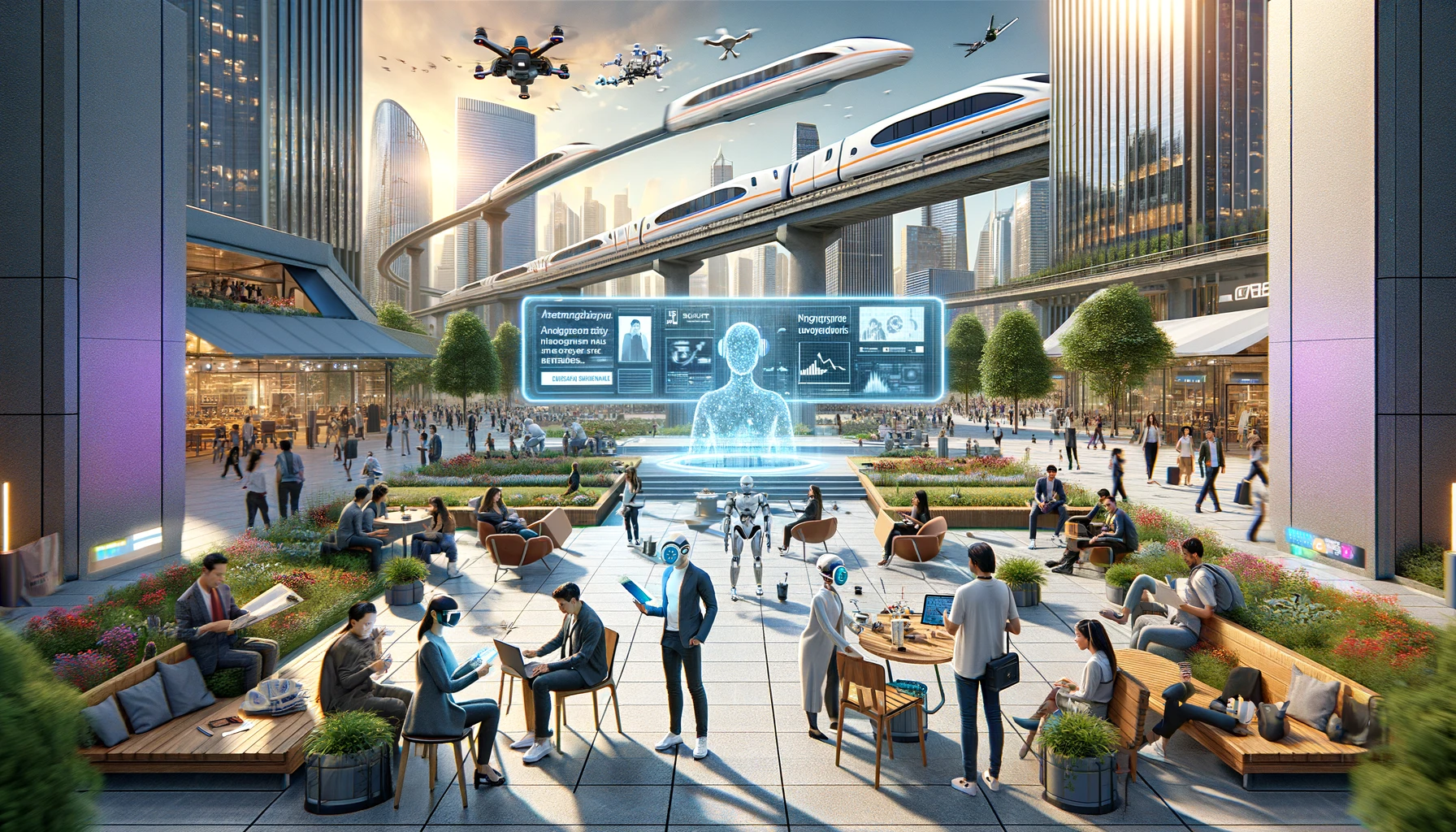








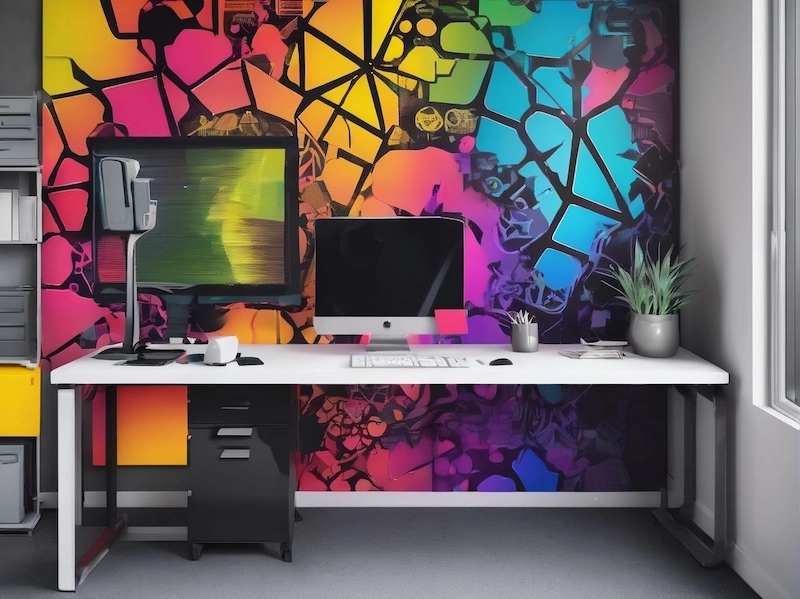
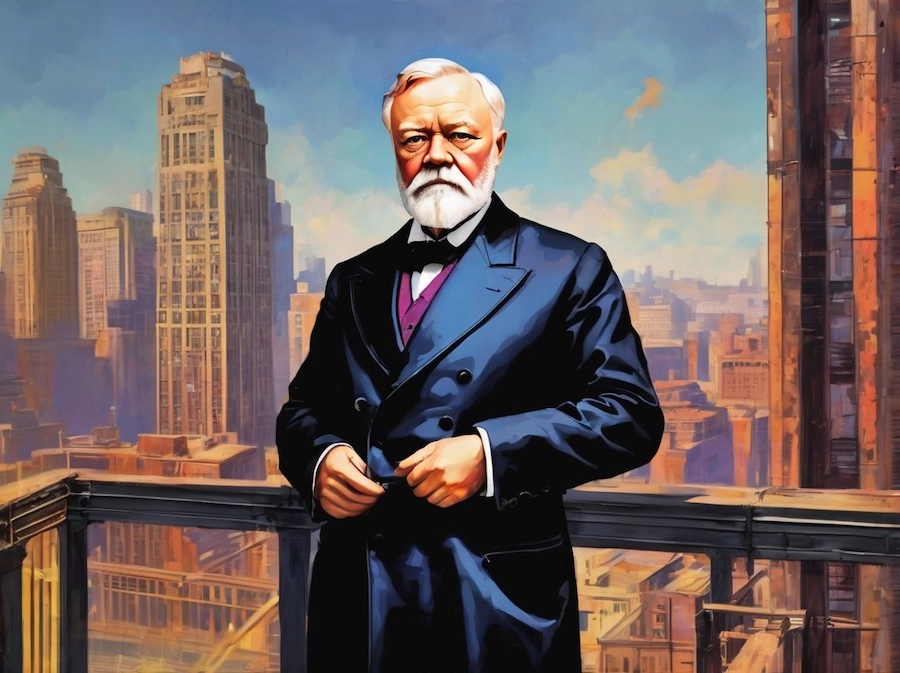
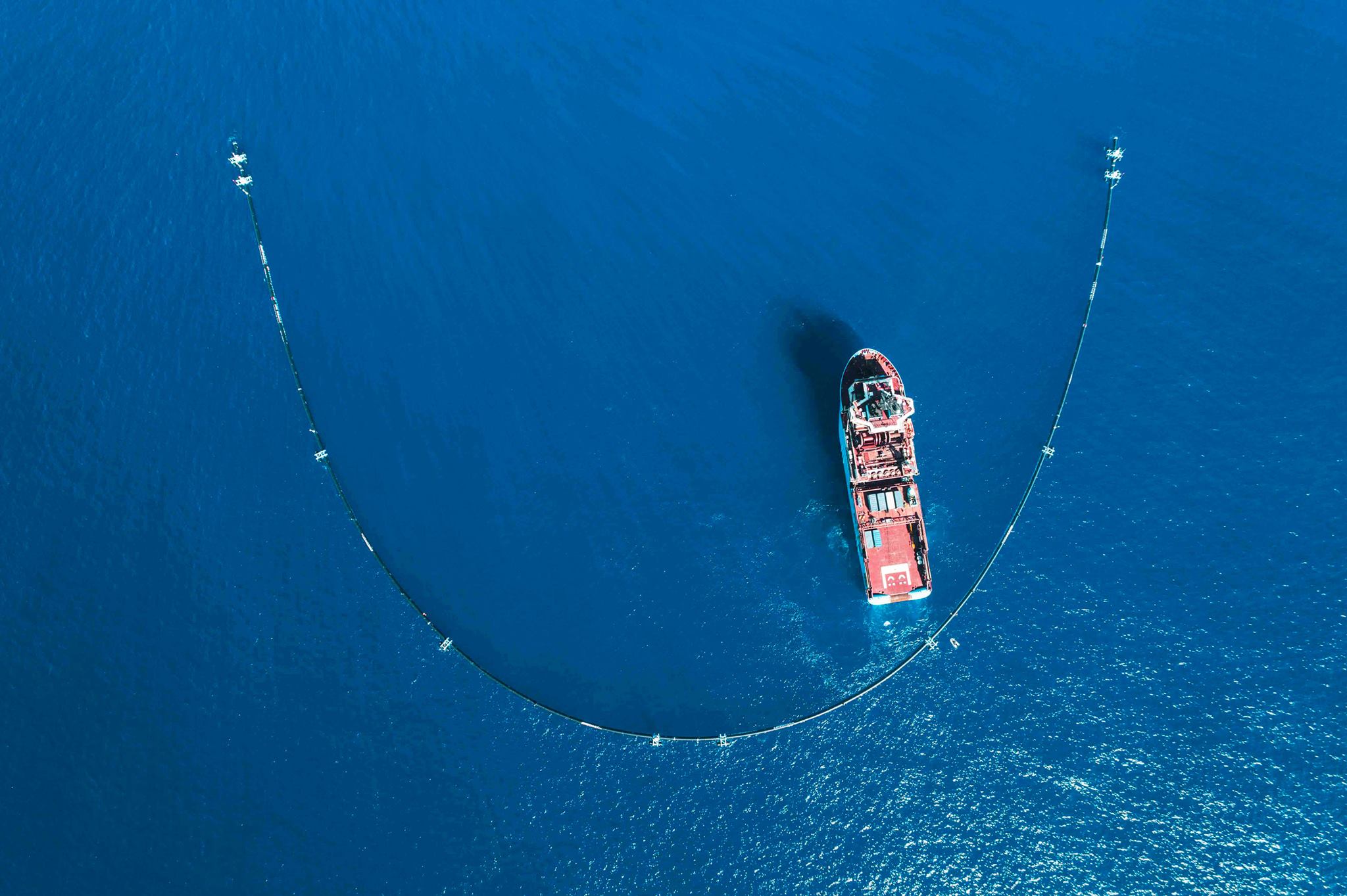



















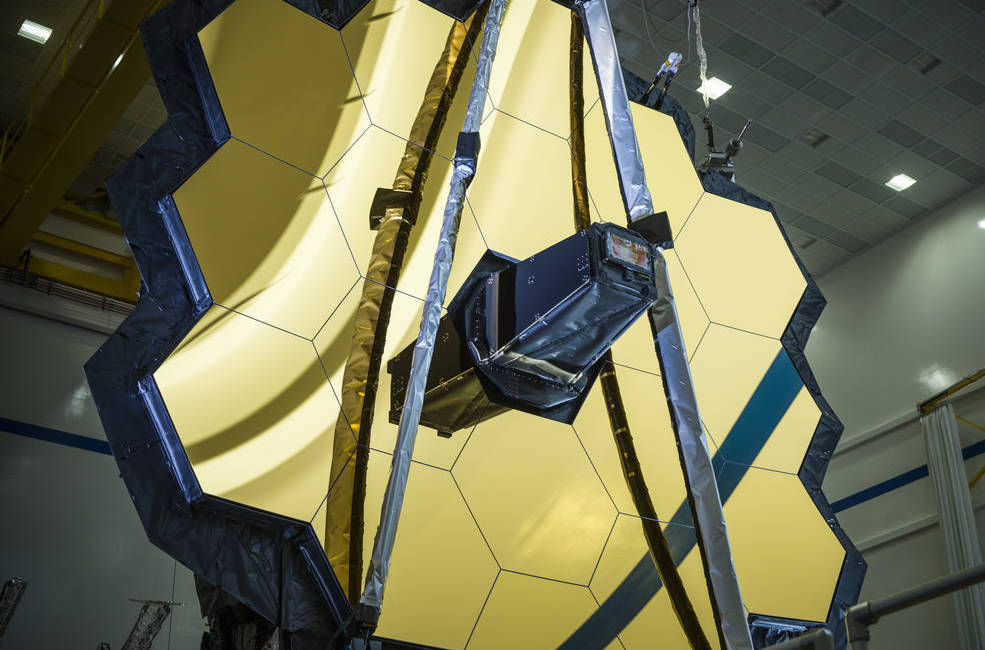


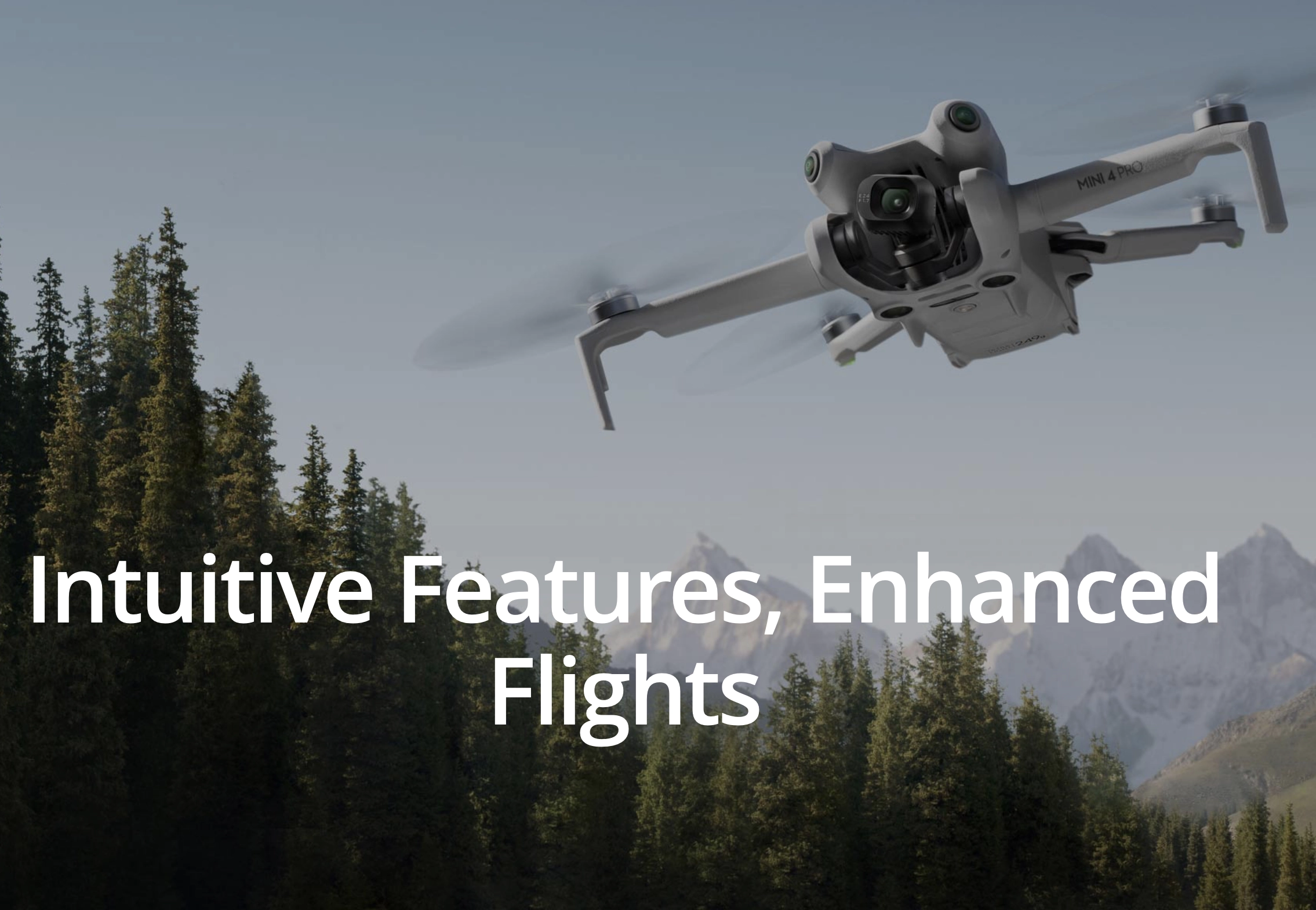



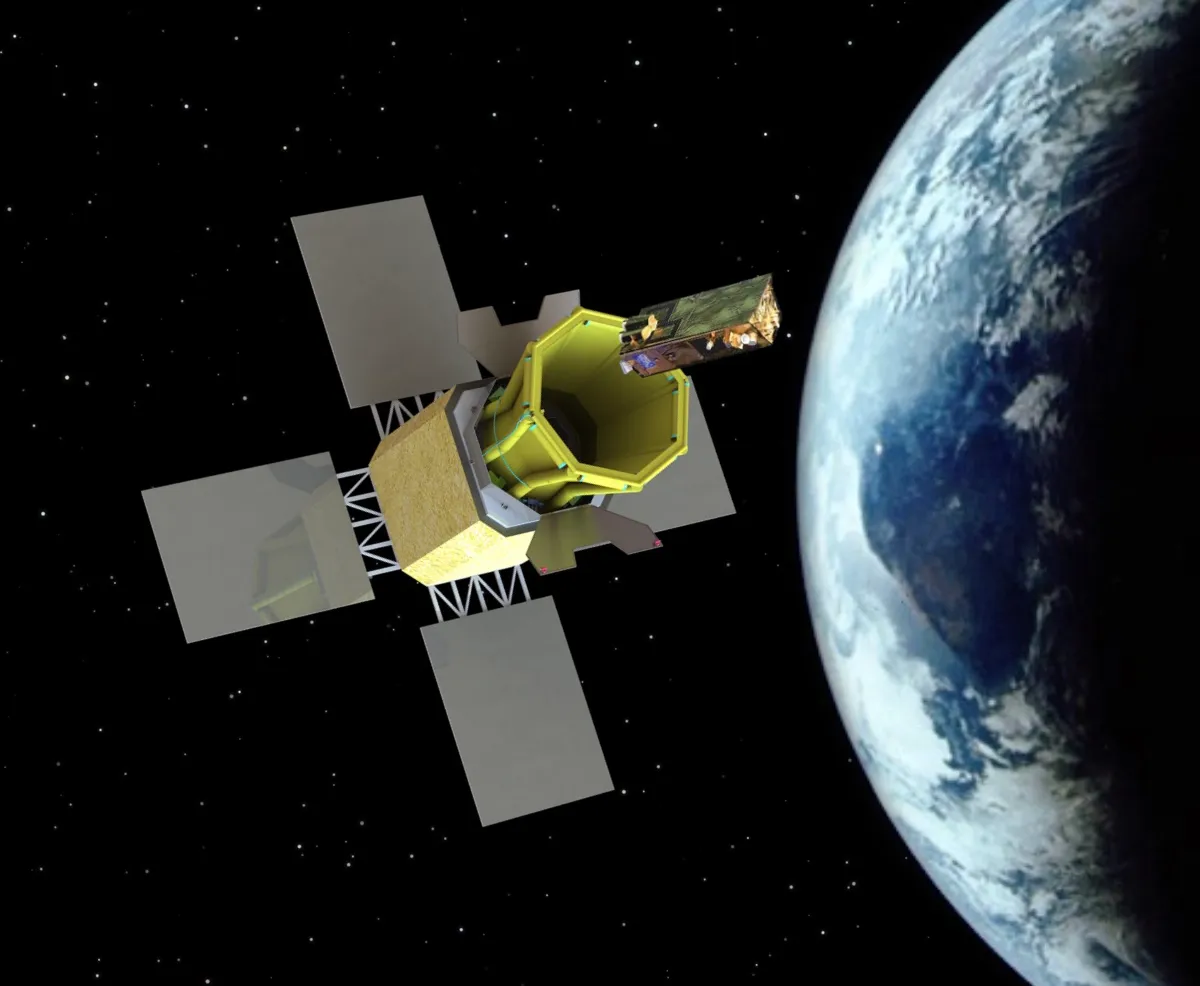


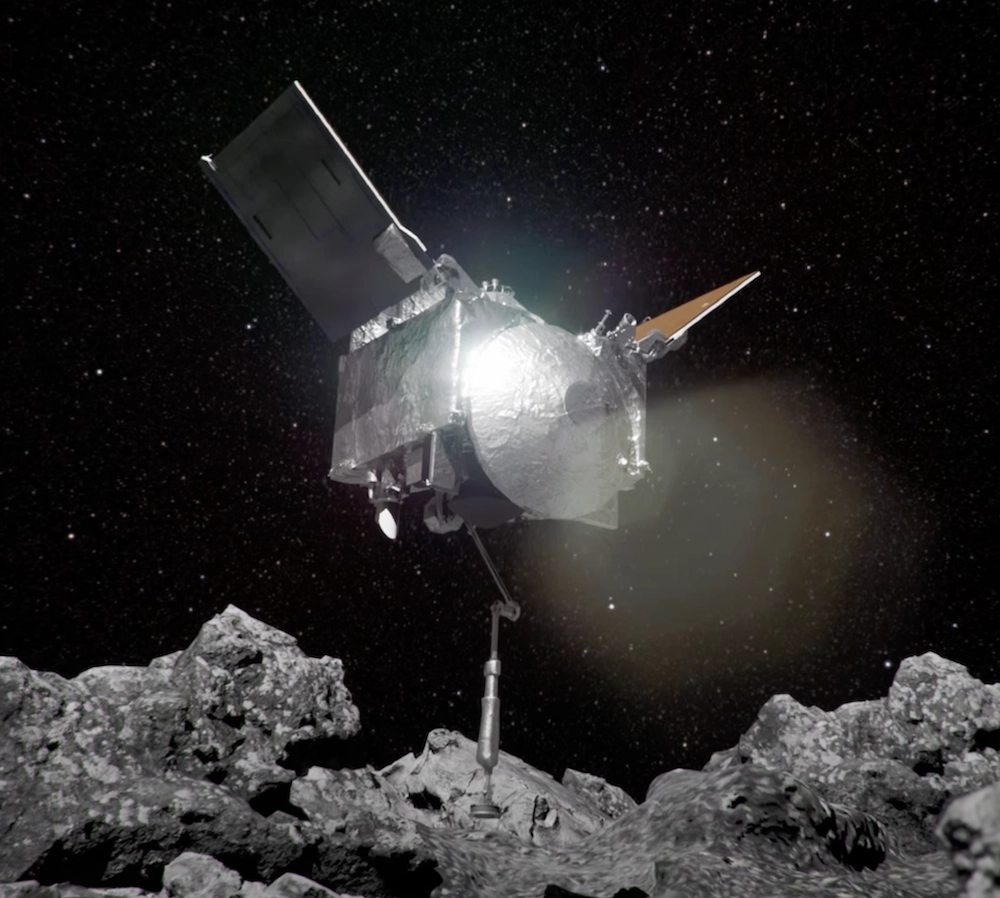




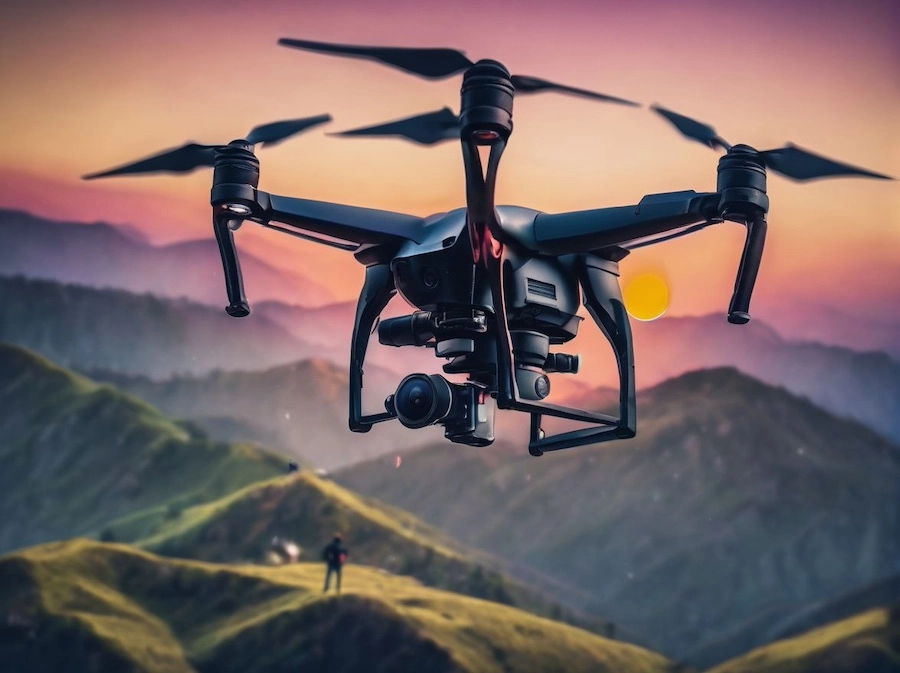


.webp)
.webp)

